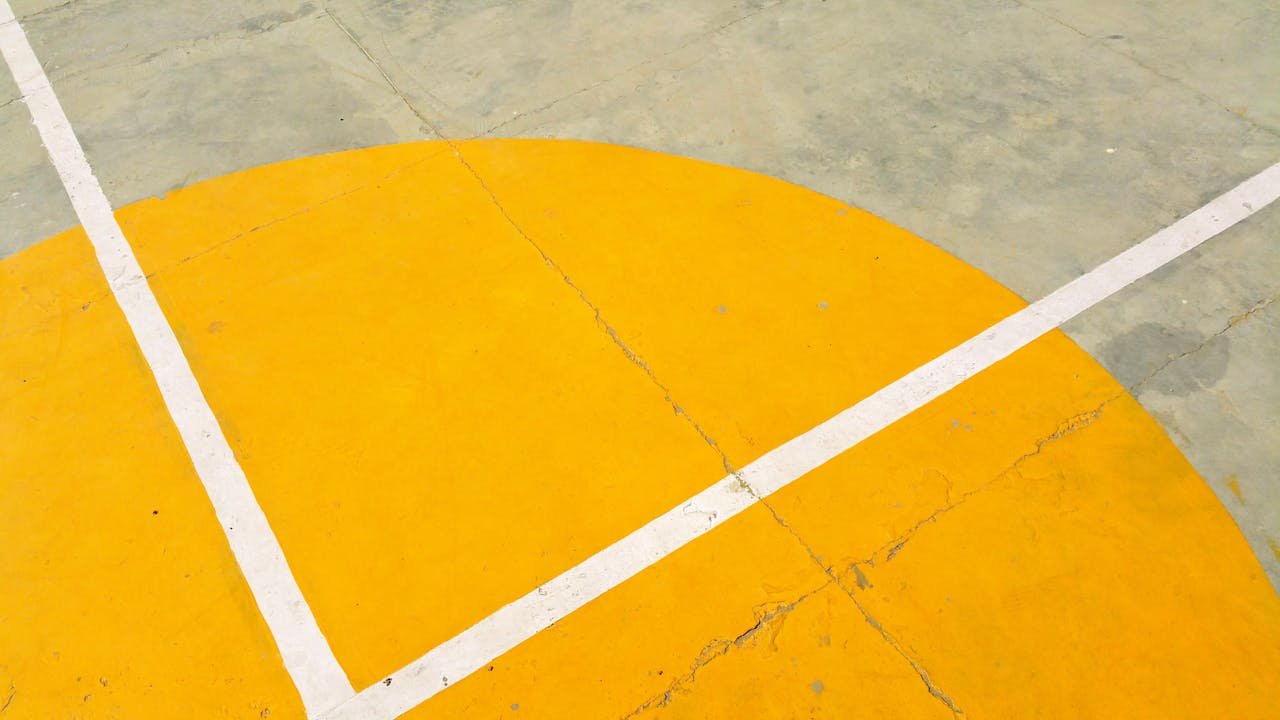
Photo by Digital Buggu.
It’s back-to-school this week. This morning, we joined a sea of other families navigating drop-off. Toronto has a number of schools that are K-8, where the student body ranges from ages 3-14. Take a moment to consider the queueing abilities of recent preschoolers. Now take another moment and reflect on those same abilities but for middle schoolers. If you imagine this mashup playing out on a crowded blacktop, you’ve got a pretty good idea of how it went.
The thing that’s remarkable, at least from the parent perspective, is that the kids manage to find each other. And then find their classes. There are teachers present, sure. And administrators. But minus a clipboard here and there, they look exactly like the rest of the adults.
The grown-ups, collectively, missed out on a lot of socialization over the past few years. And we’re still bouncing back. We’re awkward. We wave shy hellos. We run out of things to say after the first softball exchanges. We can’t tell if we are making too much or too little eye contact. But there’s a sense that this is important. That it’s good for us. And that we all need it. So we are patient with each other.
But then you look around at the kids, and they are bouncing all over the place. Screaming to get the attention of friends they haven’t seen all summer. Falling into big hugs that turn into one child lifting the other off the ground. It’s not that they haven’t had their own awkward recovery after long stretches away from each other. Or that that time away didn’t have profound and lasting impact. It’s that on a bright September morning, on a big rectangle outside the school, the kids all know what to do.
There’s a hopeful message in the fact that they can find a groove. Even as they navigate their own returns and reconnection. Because it means we can, too.
Yeah, OK, but how?
Last week, we were at XOXO Fest in Portland, OR. The thing about attending a phenomenally well-run event is that it’s far more fun to be there than to read about being there. So we won’t try to capture all of it. But, um, we are gonna try to capture some of it.
So, first and most importantly. Did we find that the connection thing was still a thing? The coming out of caves and being awkward but like, still needing to exist as humans in community with other humans? Yes, that was very much present. This was a conference that started in 2012 and ran almost every year through 2019. And then stopped.
We were supposed to attend in 2019 and due to a series of unfortunate passport-related adventures had to cede our tickets a few weeks ahead of the event. Not to worry, we thought, we’ll just get there next year. There was no next year. Or next, next year. Or next, next, next year.
In early 2024 the organizers, Andy Baio and Andy McMillan, announced that XOXO was both returning and retiring. This would be the final year.
Think about the level of hype coming into an event that had a five-year hiatus. The nostalgia past attendees might want to rekindle. The hopes and dreams people joining for the very first time might be carrying in with them. If you were organizing such an event, how would you structure it so nearly a thousand people get a stellar experience? Not only with the event and the venue and the talks, but also with each other?
Lower your expectations
On the one hand, it was very clear that the Andys, as they are known, were exhausted. In part because they said so, but it would have been clear regardless. The immense lift of a festival like XOXO, years-delayed and without most of the corporate sponsors they’d had in prior years, would exhaust anyone. At the entrance to the venue, just past badge pickup, hung a sign that read, “Lower your expectations.”
If you’ve ever worried what others will think about something you’ve poured your heart into, you know why. It’s an achingly vulnerable thing to make something — for a thousand people to stand inside of! — and to feel like you wish you could have done a bit more. That self-protective humility. That “I worked really hard but I understand if it isn’t what you’d hoped for.”
The Andys, and their volunteer corps, and the speakers, and the live captioners and the food truck operators and the child care team and the baristas all knocked it out of the park. Of course they did. They brought so much heart and human kindness to their work that you couldn’t help but be blown away. They were heroic in the way you imagine they would be. In the way we know you would be, if a thousand tender-hearted humans were counting on you.
But. But that’s not actually the point.
We know several event heroes. We know operations heroes, and content heroes, and gaffing-tape heroes, and catering heroes, and last-minute-delightful-added-experience heroes. We know how much they can bring to an event, and also how much those events can take from them. You might be one of those heroes in your organization and if you are, we see you.
What the Andys did was something different. On top of the exhaustion and heroics — or almost certainly more accurately, because of them — they also set limits. Most heroes don’t do limits. However vulnerable it feels to build an idea into a thing people can step into, it feels so much more scary to say, “… and I’m not going to do this piece.” But the Andys did. They said “we will do these pieces, but if you want that other thing to happen, you’ll have to organize it.”
Raise your expectations
This thing they did where they put it back on the attendees, and the way they did it, changed everything. And it will change it for your next work gathering, too, if you let it.
Beyond the pieces that the Andys-and-co carried, everything else was built to support self-organizing. They didn’t just angrily punt it back to us all, they built structures. This happened in so many ways but here are a few examples that you should definitely steal:
Attendee connection and planning happened weeks/months before the event. They have a community slack and a strong encouragement to introduce yourself and to join the special-interest channels that speak to you. This means no new attendee is on their own unless they want to be. And any channel they join allows them to connect with the built-in icebreaker of shared interest.
The venue allowed easy flow indoors/outdoors with simulcast talks. And the outdoor space had 100+ picnic tables. And each picnic table was numbered according to a grid. And so if you wanted to say, “We have enamel pins of a puffin saying Fuck Yeah at table F3,” everyone could find you. And they probably brought pins of their own to trade. Or stickers. And whether they did or not you still got to connect.
The opening party was on a Thursday night but the conference program itself was slated for Saturday. Friday had some programming blocks, but was mostly reserved for meetups. Which the Andys would not organize, but did compile into a spreadsheet. “Is there a photography meetup yet?” someone would ask. And an Andy would say, “There is if you organize one! Add it to the spreadsheet here.”
This was everywhere. When the zine exchange was done, someone turned a table in the corner into a makeshift library for people who missed the meetup. And then the gaps on the table filled up with other people’s stickers and pins and bracelets. When someone tested positive for COVID and had to isolate in their hotel room, table G4 became a guestbook and care package drop-off site for them organized maybe by friends? Maybe by strangers?
Listen. We have been to a lot of corporate all-hands, gatherings, conferences, and un-conferences. Some of them have been incredibly well-run. Some of them have been a rolling shit-show. But holy shit what if you did this?
What if you organized a tight core, and created the frameworks necessary for your people to organize the rest? What if you intentionally made time, and space, and infrastructure, and code of conduct decisions to let it happen? And what if that organizing didn’t flow along lines of authority or reporting chains, but around shared interests — in the work or otherwise? Would your team still feel disengaged? Would your org still have a problem with connection?
The thing the Andys did so well is something open source nerds call a Framework for Participation. How are we inviting people to get creative? Where do we expressly want their input? Where do we expressly not? What is the container for them to not only attend a thing but to actively help make it something better? This is a container you can build. It’s still a kind of heroics to pull it together well, but it’s magical in a way that a small team of heroes could never pull off on their own. It’s a leap of trust that your attendees will do their part, but when they do, it is energetic and chaotic and beautiful. Just ask the kids on the blacktop this morning.
— Melissa & Johnathan






